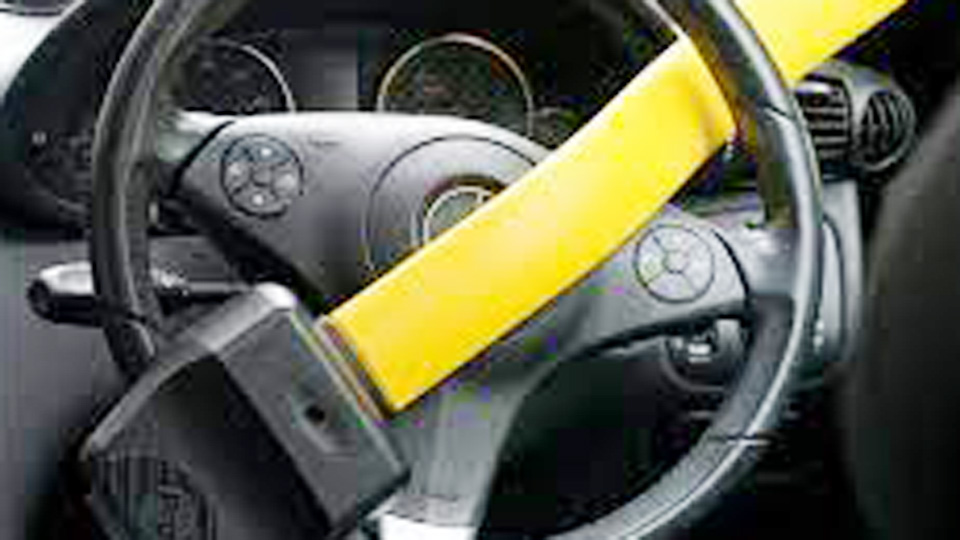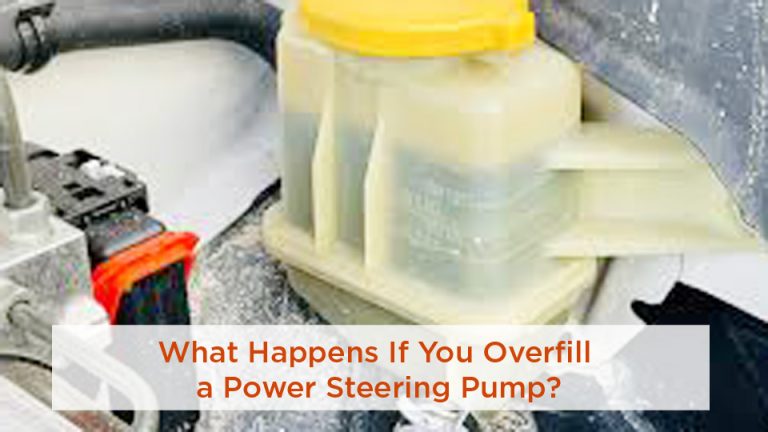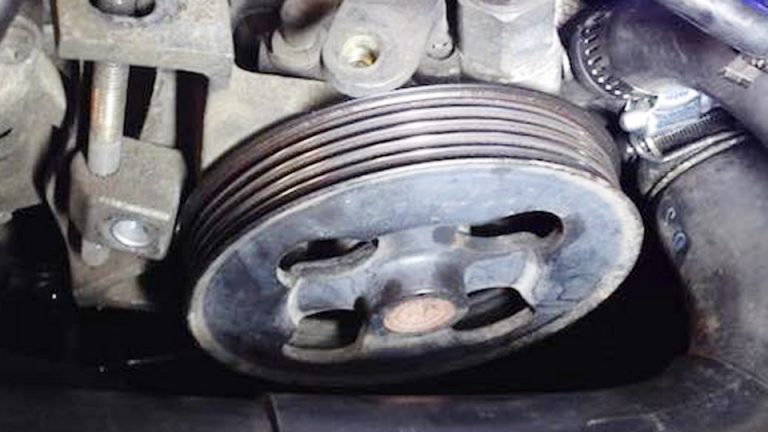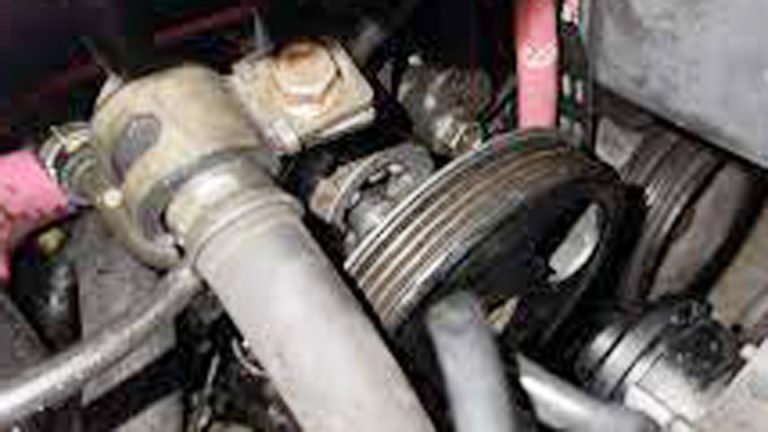You’re rushing out the door, late for work, and you hop into your car only to realize your key is nowhere to be found. Worse yet, the steering wheel is locked tight, mocking your attempts to get moving. I’ve been there, fumbling in my garage, cursing under my breath. As a car enthusiast who’s spent years tinkering with everything from classic Mustangs to daily-driver Hondas, I’ve learned a few tricks for situations like this.
I’m sharing how to disable a steering wheel lock without a key, a skill every driver, DIY mechanic, or gearhead should have in their toolbox. Whether you’re stranded in a parking lot or stuck in your driveway, this guide will walk you through practical solutions, safety tips, and real-world know-how to get you back on the road.
Steering wheel locks are a common anti-theft feature in most cars sold in the USA, from budget compacts to high-end SUVs. They engage when you turn the wheel without the key in the ignition, preventing thieves from easily driving off. But when you’re the rightful owner without a key, that lock becomes a frustrating roadblock.
Maybe you lost your key, the fob battery died, or the ignition cylinder is acting up. Whatever the reason, I’ll break down the steps, tools, and precautions you need to handle this situation like a pro, all while keeping your car safe and legal.

Photo by mx5oc
Understanding Steering Wheel Locks
Before diving into the how-to, let’s talk about what a steering wheel lock does and why it’s there. The steering wheel lock is a mechanical or electronic system designed to immobilize the steering column when the ignition is off. In older cars, it’s often a simple pin that engages when you turn the wheel without the key.
In newer models, it might involve electronic immobilizers tied to your key fob or transponder. Knowing this helps you understand why brute force isn’t always the answer—it’s built to resist tampering.
This feature matters because it’s one of your car’s first lines of defense against theft. In the USA, where car theft rates hover around 7 per 1,000 vehicles annually, especially in urban areas, these locks deter opportunistic thieves. But when you’re locked out, it’s a headache. Common scenarios include losing your key during a road trip, a dead fob battery in cold Midwest winters, or an ignition issue on a humid Florida day. Each situation calls for a specific approach, which I’ll cover below.
When Does the Steering Wheel Lock Engage
The steering wheel lock typically kicks in when you turn the wheel after removing the key from the ignition. For example, if you park on a hill in San Francisco and turn the wheel to secure the car, the lock might engage. It’s designed to activate automatically, so you don’t have to think about it. But it also means you can accidentally trigger it while cleaning your car or adjusting the wheel.
This is especially relevant for DIY mechanics working on their vehicles in a garage or driveway. If you’re swapping out a battery or tinkering with the ignition, you might find the wheel locked. Understanding when and why it engages helps you stay calm and avoid forcing the wheel, which can damage the steering column or ignition system.
Tools You’ll Need to Disable the Lock
Let’s get practical. Disabling a steering wheel lock without a key requires minimal tools, most of which you likely have in your garage or can grab from a local auto parts store. Here’s what you’ll need:
- Flathead screwdriver: For prying or accessing the ignition area.
- Paperclip or thin wire: Useful for older vehicles with simpler locks.
- Replacement key or fob battery: If the issue is a dead fob.
- Socket wrench set: For removing steering column covers in some cases.
- Owner’s manual: To check model-specific quirks.
- Lubricant (WD-40 or graphite powder): For sticky ignition cylinders.
If you’re a car enthusiast or DIYer, you probably have these lying around. If not, they’re affordable and widely available at places like AutoZone or Advance Auto Parts. Always keep safety in mind—work in a well-lit area, and avoid using excessive force that could damage your car.
Step-by-Step Guide to Disabling the Steering Wheel Lock
Now, let’s get to the meat of it: how to disable that stubborn steering wheel lock. I’ve broken this down into steps based on real-world scenarios I’ve faced working on cars across the USA, from rusty pickups in Texas to sleek sedans in California. Follow these carefully, and don’t skip the warnings.
Step 1: Check for Simple Fixes
Before you grab tools, rule out the obvious. If your car uses a key fob, the battery might be dead, especially in freezing climates like Minnesota where batteries drain faster. Pop open the fob with a flathead screwdriver and replace the battery (usually a CR2032). Test it by pressing the unlock button near the car. If the fob works but the wheel is still locked, move to the next step.
For manual keys, check if the key is bent or worn. I once had a buddy in Ohio whose old Chevy key was so worn it wouldn’t disengage the lock. A quick trip to a locksmith for a new key solved it. If you’ve got a spare, try that first.
Step 2: Apply Gentle Pressure to the Steering Wheel
Most steering wheel locks release with a combination of pressure and ignition activation. Without a key, you can sometimes trick the system. Hold the steering wheel and gently turn it left or right to feel resistance. This is the lock engaging. Apply steady, light pressure in the direction it wants to move (don’t force it). While holding, jiggle the ignition slot with a screwdriver or paperclip to mimic key movement.
I’ve used this trick on a 2005 Ford F-150 when my key got stuck in a backpack at a campsite. It’s not foolproof, but it works on older models (pre-2010) with mechanical locks. Be patient—too much force can snap the lock pin or damage the column.
Warning: If you hear grinding or feel strong resistance, stop immediately. You could damage the steering assembly, leading to costly repairs (think $500–$1,000 at a shop).
Step 3: Lubricate the Ignition Cylinder
If the wheel won’t budge, the ignition cylinder might be sticky, especially in humid areas like Florida or after years of wear. Spray a small amount of WD-40 or graphite powder into the key slot. Let it sit for a minute, then insert a flathead screwdriver or straightened paperclip and wiggle gently while applying pressure to the wheel.
I learned this the hard way on a 1998 Toyota Camry in Georgia. The cylinder was gummed up from years of heat and dust. A quick spray and some patience freed the lock without a locksmith. Don’t overdo the lubricant—it can attract dirt and worsen the problem long-term.
Step 4: Access the Steering Column (Advanced)
If the above steps fail, you’ll need to get under the hood—literally. This is for DIYers comfortable with basic mechanics. Remove the plastic cover around the steering column using a socket wrench or screwdriver (check your owner’s manual for screw locations). Look for the lock mechanism, usually a small pin or lever near the ignition cylinder.
On a 2012 Dodge Charger I worked on, I found the lock pin by following the column from the wheel to the ignition. Gently press or wiggle the pin while turning the wheel. This mimics the key’s action and can release the lock. This step is tricky and model-specific, so proceed with caution.
Warning: Tampering with the steering column can trigger anti-theft alarms or disable the car’s electronics. If you’re unsure, call a locksmith. Also, this method may not work on newer cars (post-2015) with electronic immobilizers.
Step 5: Call a Professional
If you’re stuck, it’s time to admit defeat and call a locksmith or mechanic. In the USA, locksmiths charge $50–$150 to unlock a steering wheel, depending on your location and car model. Dealerships are pricier, often $200+. I’ve had to do this once with a 2018 BMW 3 Series when the electronic immobilizer wouldn’t budge. A locksmith in Denver had it sorted in 20 minutes.
To find a reliable pro, check Yelp or Google Reviews for local locksmiths with high ratings. Avoid shady “emergency” services that quote low then jack up prices on-site. If you’re in a rural area, your local auto parts store might recommend someone trustworthy.
Common Scenarios and Solutions
Every car and situation is different. Here’s a quick table summarizing solutions for common scenarios based on my experience:
| Scenario | Solution | Tools Needed | Difficulty |
|---|---|---|---|
| Dead key fob battery | Replace fob battery | Flathead screwdriver, CR2032 battery | Easy |
| Worn or lost key | Try spare key or call locksmith | Spare key or phone | Easy–Moderate |
| Sticky ignition cylinder | Lubricate with WD-40 or graphite | Lubricant, screwdriver | Moderate |
| Mechanical lock stuck | Apply wheel pressure, jiggle ignition | Screwdriver, paperclip | Moderate |
| Electronic immobilizer | Call locksmith or dealer | Phone | Hard |
This table is handy for quick reference, especially if you’re stranded and need to assess your options fast.
Pros and Cons of Disabling the Lock Yourself
Let’s weigh the benefits and risks of tackling this yourself versus calling a pro.
Pros:
- Saves money (locksmith fees can sting).
- Builds confidence in DIY repairs.
- Faster in emergencies, especially in remote areas.
- Uses tools you likely already own.
Cons:
- Risk of damaging the steering column or ignition ($500+ repair).
- May trigger anti-theft alarms, locking you out further.
- Not always effective on newer cars with complex electronics.
- Legal concerns if you’re not the car’s owner (always carry proof of ownership).
I’ve saved hundreds by handling this myself on older cars, but I’ve also seen friends in California botch it and end up with a $700 repair bill. Know your limits and your car’s complexity before diving in.
Tips for US Drivers and Conditions
The USA’s diverse climates and driving habits affect how steering wheel locks behave. In cold states like Michigan or Wisconsin, fob batteries die faster, so keep spares in your glovebox. In hot, humid areas like Texas or Louisiana, ignition cylinders can corrode, so regular maintenance (a yearly spray of graphite) helps. If you drive a truck on rural roads, like many in the Midwest, carry a basic tool kit for emergencies.
For city drivers in places like New York or Los Angeles, where theft is a bigger concern, disabling the lock yourself might attract attention. Work in a private garage or well-lit area to avoid looking suspicious. Also, check your car’s make and model—American brands like Ford and Chevy often have simpler mechanical locks, while imports like Toyota or BMW lean toward electronic systems, which are trickier.
Preventing Future Lockouts
Once you’ve freed the wheel, let’s make sure this doesn’t happen again. Here are my go-to tips from years of wrenching and driving:
- Keep a spare key: Store one in a secure spot, like a lockbox at home or with a trusted friend.
- Check fob batteries regularly: Replace them every 1–2 years, especially before winter.
- Maintain the ignition: A yearly spray of lubricant keeps things smooth.
- Know your car: Read the owner’s manual to understand your lock’s specifics.
- Invest in a key finder: Devices like Tile or AirTag can save you from lost-key panic.
I started using a Tile tracker after losing my keys at a car show in Nevada. It’s a game-changer for scatterbrained gearheads like me.
When to Upgrade or Replace Parts
If your steering wheel lock keeps acting up, it might be time to replace the ignition cylinder or upgrade to a keyless system. For older cars (pre-2005), a new ignition cylinder costs $50–$150 at a shop. For newer models, consider a push-to-start retrofit if your car supports it—dealers charge $500–$1,500, but it eliminates key issues entirely.
I helped a friend in Arizona swap the ignition cylinder on his 2003 Jeep Wrangler. It took an afternoon and saved him $200 versus a shop. Check YouTube for model-specific tutorials, but don’t skimp on quality parts—cheap cylinders wear out fast.
Conclusion
Dealing with a steering wheel lock without a key is a rite of passage for any car owner or DIY mechanic. It’s frustrating, but with the right tools and know-how, you can tackle it like a pro. Whether you’re gently jiggling the wheel, lubricating the ignition, or carefully accessing the steering column, stay patient and prioritize safety.
My years in garages across the USA have taught me that a calm approach and a few simple tools can save the day. If you’re ever in doubt, a locksmith is your best friend—better safe than stuck with a broken steering column.
Always carry a spare fob battery and a basic tool kit in your car, especially if you’re hitting the road in remote areas. You never know when a quick fix will save you from a tow truck.
FAQ
What causes a steering wheel to lock without a key?
The steering wheel lock engages as an anti-theft feature when you turn the wheel after removing the key. It’s triggered by a pin or electronic immobilizer to prevent unauthorized driving.
Can I disable the steering wheel lock permanently?
Permanently disabling the lock isn’t recommended, as it compromises your car’s security. Instead, maintain the ignition and keep spare keys or fob batteries handy.
Will forcing the steering wheel break the lock?
Forcing the wheel can damage the lock pin or steering column, leading to repairs costing $500 or more. Use gentle pressure and proper tools instead.
How long does a locksmith take to unlock a steering wheel?
A professional locksmith typically takes 15–30 minutes, depending on the car’s make and model. Costs range from $50–$150 in most US cities.
Can I use these methods on any car?
These methods work best on older cars (pre-2010) with mechanical locks. Newer models with electronic immobilizers often require professional help or specialized tools.



